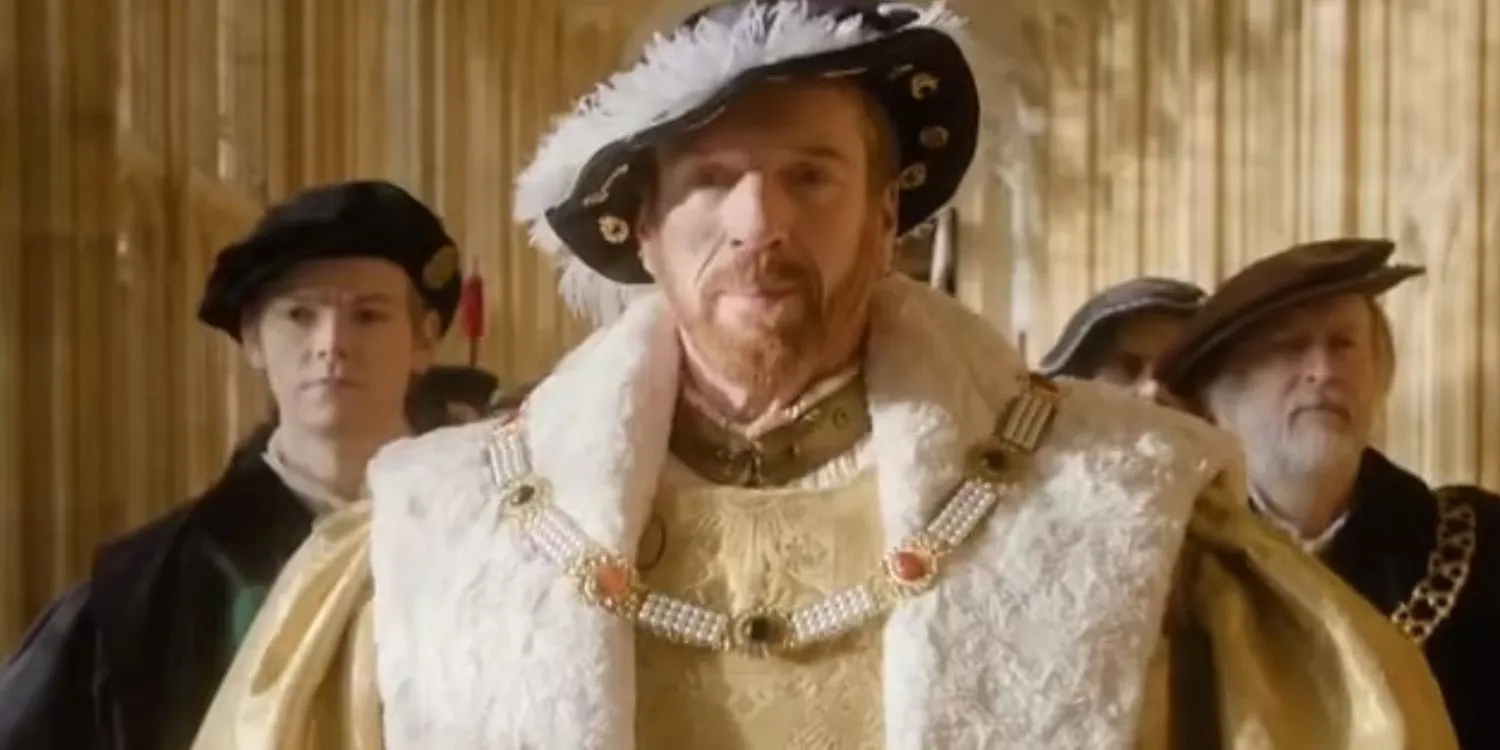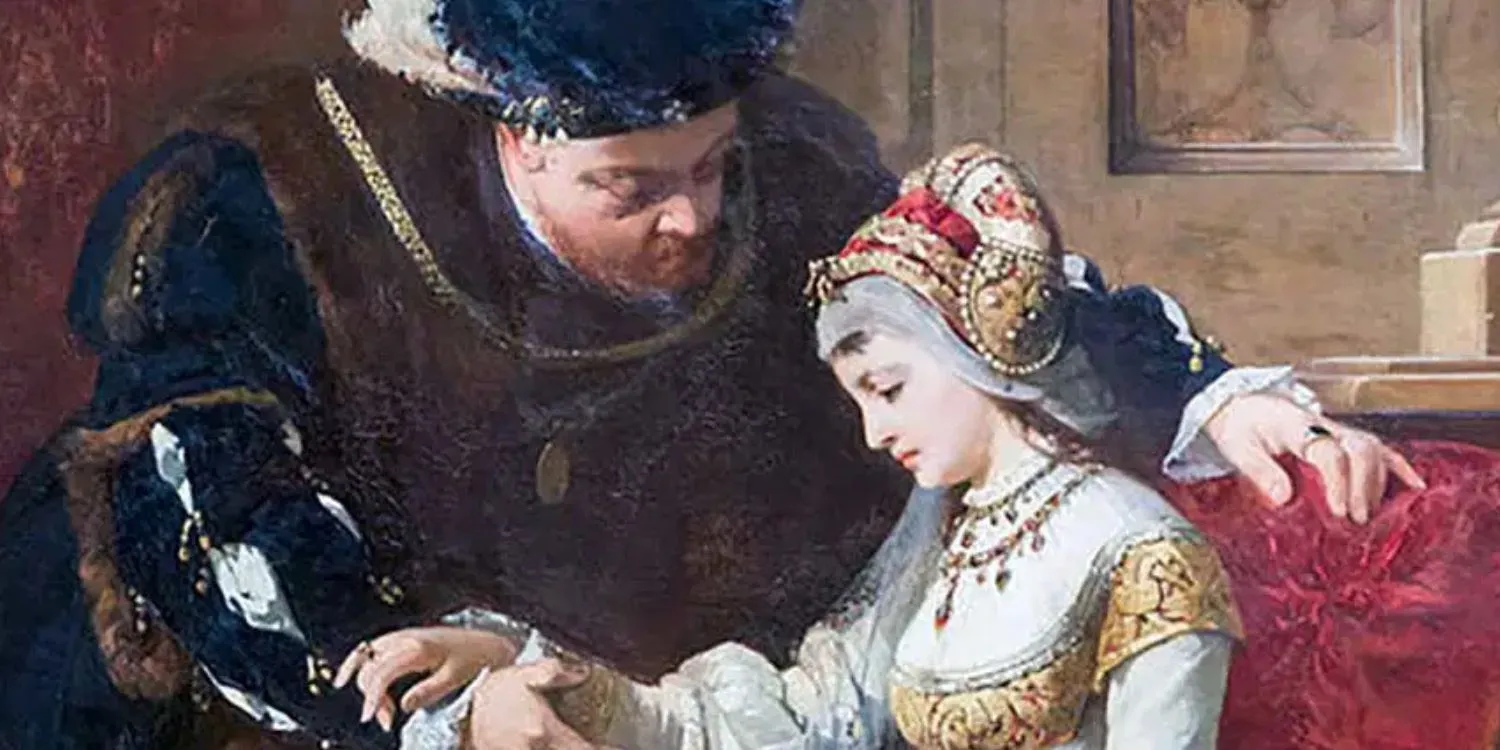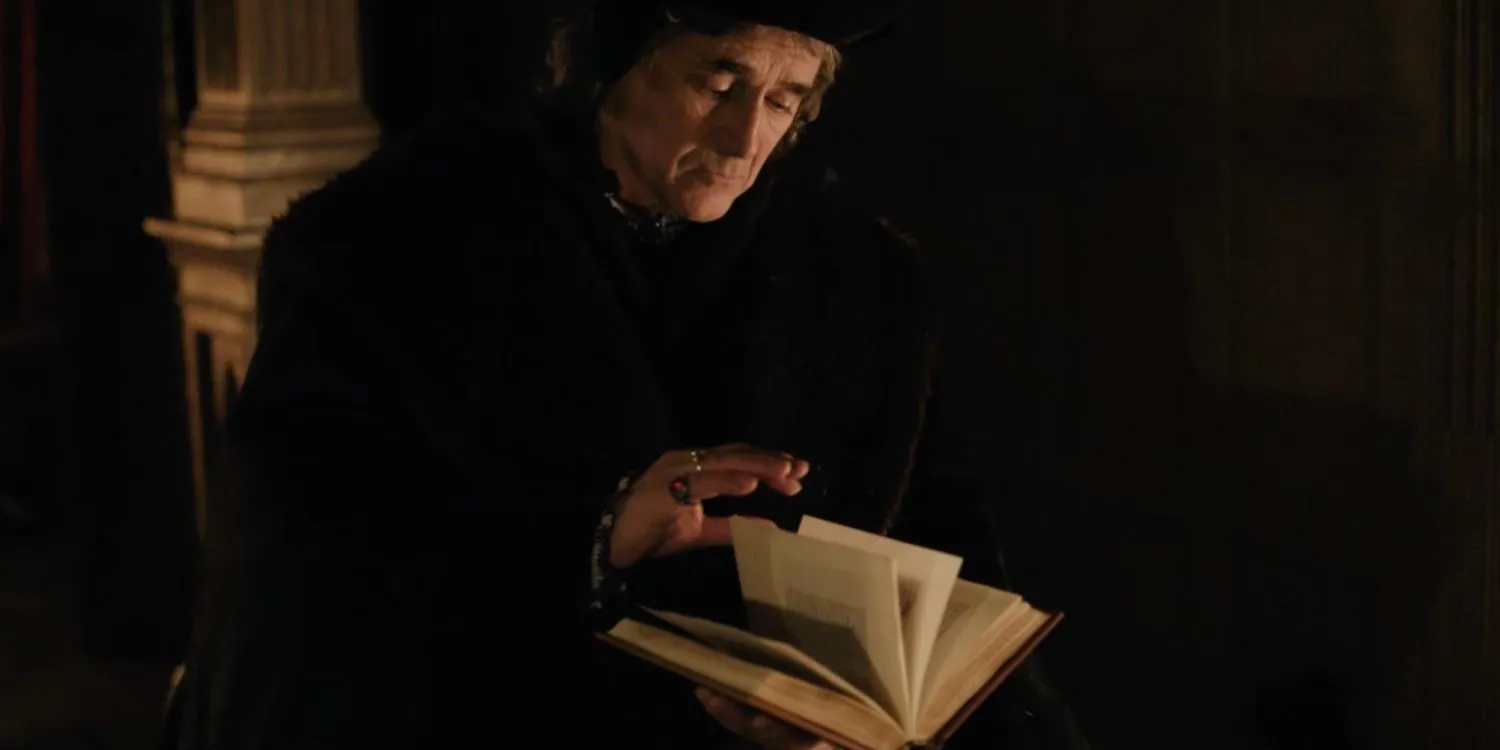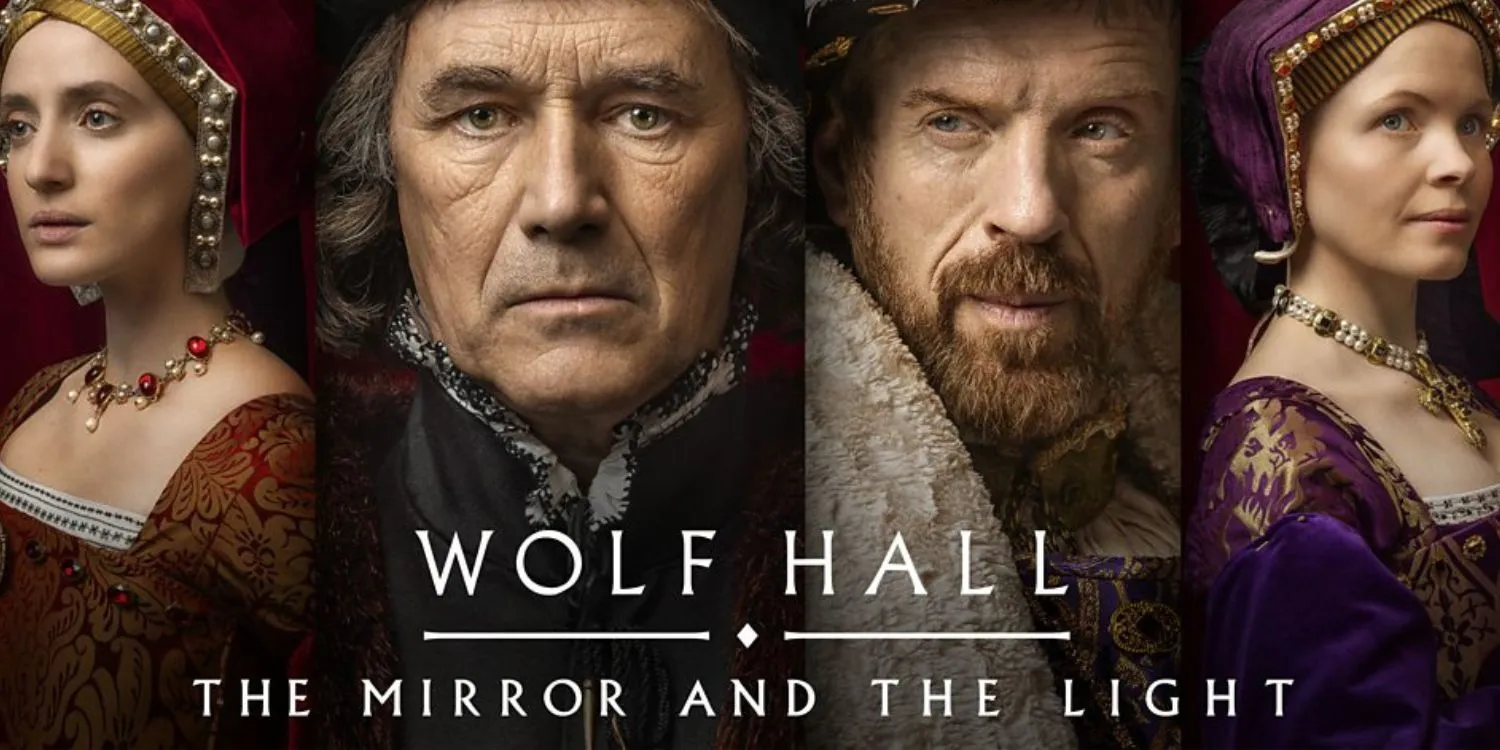
Warning: Contains SPOILERS for Wolf Hall: The Mirror and the Light, Episode 5. Episode 5 of the eagerly anticipated series Wolf Hall: The Mirror and the Light explores the complex courtship of Henry VIII and Anne of Cleves, set against the backdrop of Jane Seymour’s death after childbirth. Known for its authentic representation of historical events—including intricate details like the tapestries showcased in Episode 3—this episode continues the trend, albeit with some missed dramatic opportunities.
Henry VIII’s Marriage: A Quest for Political Alliance
Henry’s Fourth Marriage: A Political Venture

Henry VIII, having gone through three marriages prior, usually favored unions based on personal connection. His earlier wives included both romantic partners and political allies, a rarity among royals of the time. However, after Jane Seymour’s tragic passing—during which Henry was reported to be inconsolable, as noted by Historic Royal Palaces—he found himself navigating the emotional fallout while contemplating the necessity of a new marriage.
Despite his grief, the pressures of securing an heir and forging political alliances loomed over him. Anne of Cleves emerged as a strategic choice, thanks to her lineage as the daughter of William, Duke of Jülich-Cleves-Berge, whose influence extended across northern Germany. Given the hostility from figures like Charles V and Francis I—who conspired against him—it was crucial for Henry to align himself with a strong German ally (English Heritage).
A Historical Prank: Henry’s Disguise
Disguises: A Tradition of Courtly Love

According to Historic Royal Palaces, the initial meeting between Henry and Anne of Cleves was fraught with embarrassment. In a bid to surprise her, Henry opted to appear in disguise—though this critical moment in their story was largely glossed over in the adaptation, leaving audiences wanting more exploration of this intriguing misstep.
Henry, steeped in a traditionalist mindset, was heavily influenced by courtly love’s customs, which often included the element of disguise. Unfortunately for Anne, who was unacquainted with these playful pretenses, her reaction was one of confusion, reflecting a cultural chasm between them. The notion of disguise, emblematic in early modern romantic narratives, was one that Henry revered, adding another layer of awkwardness to their meeting.
Anne of Cleves: The Misunderstood Queen
Henry’s View of Anne’s Appearance

Despite popular perceptions, Anne of Cleves is often unfairly labeled as the “ugly”wife of Henry VIII. Reports from Royal History Geeks indicate that Henry criticized her appearance, citing discrepancies between her actual looks and her portrait—specifically, her nose and smallpox scars. After their honeymoon, Henry expressed frustration over the consummation of their marriage, asserting that he was “not attracted”to her.
However, it’s worth noting that Henry maintained a professional relationship with the portrait artist responsible for Anne’s image, suggesting a deeper complexity to his feelings. The cultural divide regarding courtship rituals potentially exacerbated their lack of chemistry. Anne, who described Henry as kind, may have simply found herself ill-prepared for the verbal and emotional games typical of English courtly traditions.
Anne of Cleves: A Graceful Acceptance of Annulment
Anne’s Tact in Handling the Annulment

In stark contrast to Katherine of Aragon’s fierce resistance, Anne accepted the annulment with remarkable composure and grace. Historical context suggests that Anne understood her precarious position and recognized she had little power in the situation, influenced by advice pertaining to royal expectations. As highlighted by Tudor Times, she remarked, “without alteration of countenance,”expressing comfort in Henry’s promise of familial regard.
This decorum not only secured her financial stability—yielding an annual income of £4,000 and access to royal properties—but also earned her a favorable place within the royal family. Anne of Cleves maintained a close relationship with Henry’s daughters, participating in key events, such as Mary’s coronation procession, ultimately leading to a dignified life post-annulment, which was a notable improvement compared to the fates of some of Henry’s other wives.
In the end, Anne’s ability to handle incredible pressure with grace won her the admiration of her contemporaries, earning her a respected legacy.
Source: HRP, English Heritage, On the Tudor Trail, Royal History Geeks

Leave a Reply